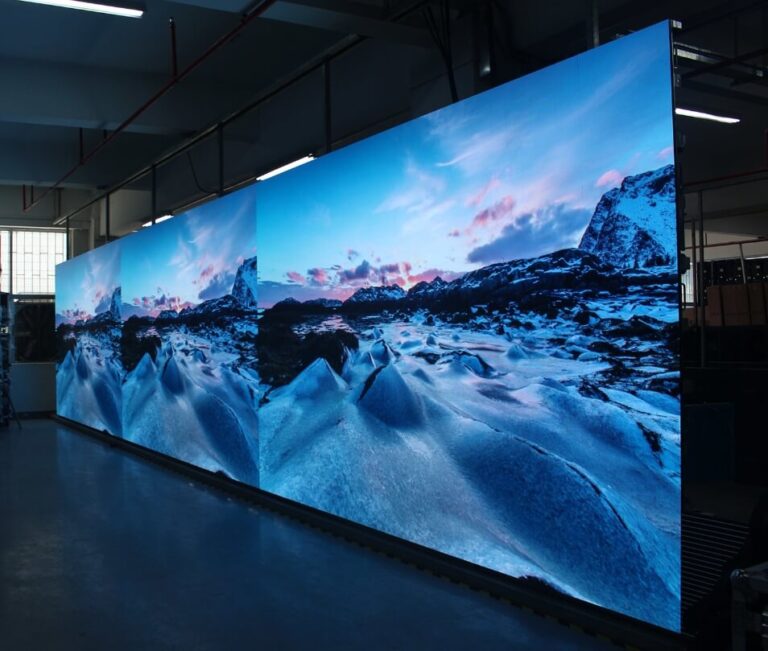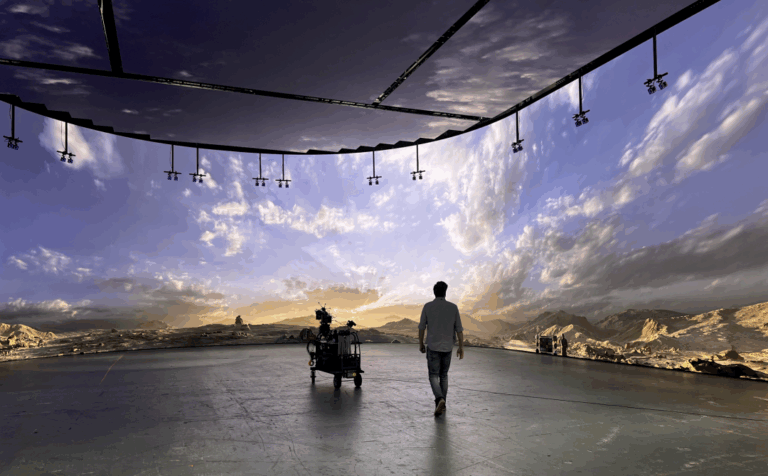Table of Contents
- Cost Components of Replacing an LED Screen
- Factors Affecting the Cost of Replacing an LED Screen
- Reference Prices for LED Screen Replacement Costs
- Case Study Analysis: LED Screen Replacement Costs
- Conclusion
LED screens, as a modern display technology, have been widely used in various fields such as advertising, business, stage performances, and sports venues. However, during long-term use, LED screens may need to be replaced due to aging, damage, or the need for technological upgrades. Many people wonder how much it costs to replace an LED screen. This article will provide a detailed analysis of the main factors affecting the cost of replacing an LED screen and offer a reference price range.
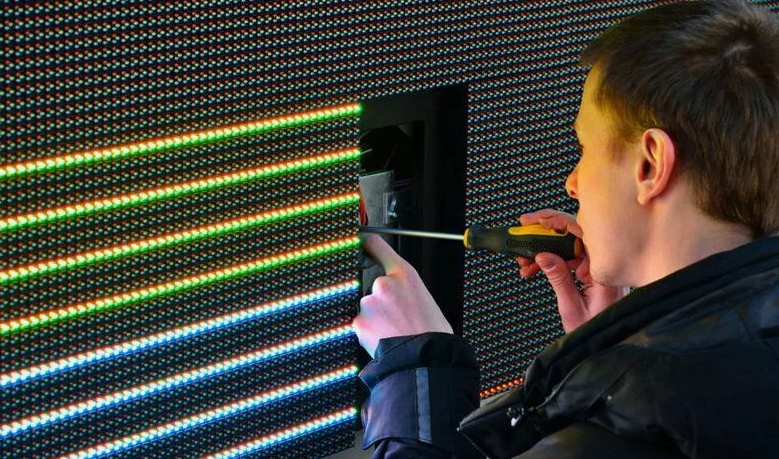
-
Cost Components of Replacing an LED Screen
The cost of replacing an LED screen is not just the price of the new display; it typically includes several aspects:
- Price of the LED screen itself: This is the most direct cost. The price of an LED screen is influenced by factors such as size, resolution, brand, and display technology (e.g., small-pitch LED or transparent LED screens).
- Removal of the old screen: If the old LED screen needs to be removed, the cost of dismantling and recycling the old screen must also be considered. The removal of the old screen may require professional technicians, especially when the installation is complex or the screen is large.
- Installation and commissioning costs: The new LED screen needs to be installed, commissioned, and ensured to operate normally. This part of the cost usually includes labor costs, electrical wiring, commissioning, and testing.
- Transportation costs: If the LED screen needs to be transported from the supplier to the installation site, transportation costs must also be calculated, especially for large-sized and high-weight LED screens, where the transportation cost may be higher.
- Cost of ancillary equipment: Sometimes, replacing an LED screen may also involve replacing other ancillary equipment, such as control systems, drivers, power supplies, and brackets, especially when upgrading to higher technical specifications. The replacement of ancillary equipment should not be overlooked.
-
Factors Affecting the Cost of Replacing an LED Screen
There is no uniform standard for the cost of replacing an LED screen because many factors can affect the final cost. The following are the main factors affecting the cost of replacing an LED screen:
- Screen size: The size of the screen directly affects the price; the larger the size, the higher the price. Generally, the unit price of indoor small-pitch LED screens is higher, but because they are smaller in size, the overall cost will be relatively lower. Outdoor LED screens, especially large screens, have significantly higher costs.
- Resolution: The resolution of an LED screen has a significant impact on the price. High-resolution LED screens (such as P2 or P3) can provide finer display effects and are suitable for close viewing, so they are usually more expensive than low-resolution screens (such as P8, P10).
- Screen type: There is a significant price difference between different types of LED screens. For example, small-pitch LED screens (P1.5-P2.5) are relatively expensive, while more traditional P8-P10 large-pitch LED screens are relatively cheaper. In addition, innovative screens such as outdoor transparent LED screens and curved LED screens are also more expensive.
- Brand and quality: There is a large price difference between LED screens of different brands and qualities. Global well-known brands such as Samsung and LG usually have higher prices for their LED displays than other smaller brands, but their quality, after-sales service, and technical support are also more reliable.
- Installation environment: If the LED screen to be replaced needs to be installed in a special environment (such as high altitude, harsh climate, or limited space), the installation cost may increase significantly. In addition, the supporting tools required for installation, such as brackets and lifting equipment, will also increase the cost.
- Regional differences: Depending on the market demand and labor costs in different regions, the cost of replacing an LED screen may also vary. For example, labor and transportation costs are higher in first-tier cities, while they may be cheaper in second or third-tier cities.
-
Reference Prices for LED Screen Replacement Costs
To provide you with a clearer budget reference, the following is a rough range of replacement costs for different types and specifications of LED screens:
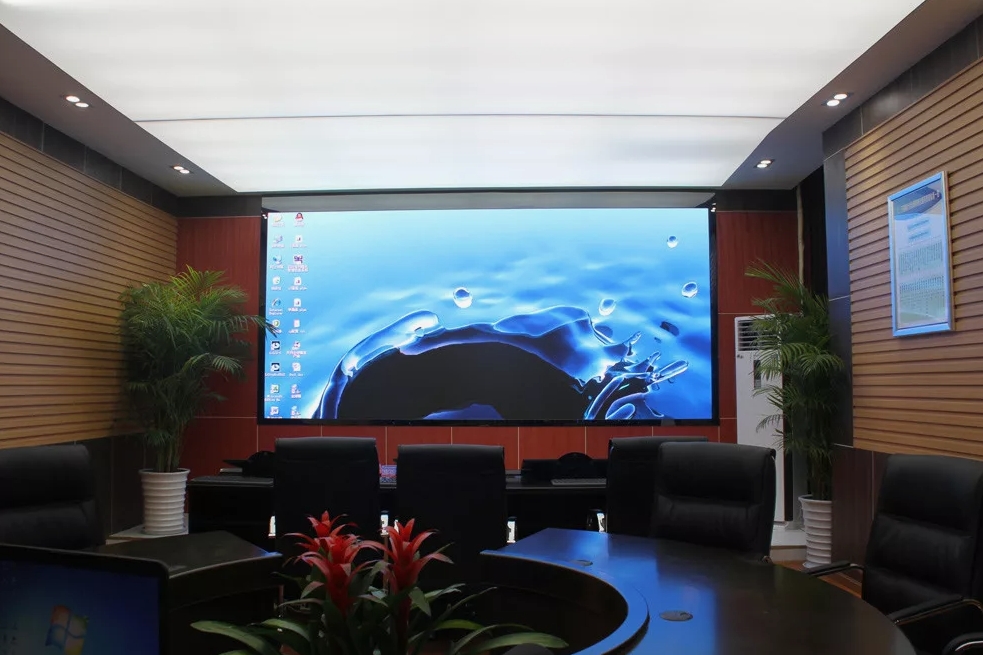
-
Small indoor LED displays (e.g., P3, P4):
Price: Approximately $800-$2,000 per square meter Installation and commissioning costs: Approximately $500-$1,500 Total cost: $1,300-$3,500 per square meter
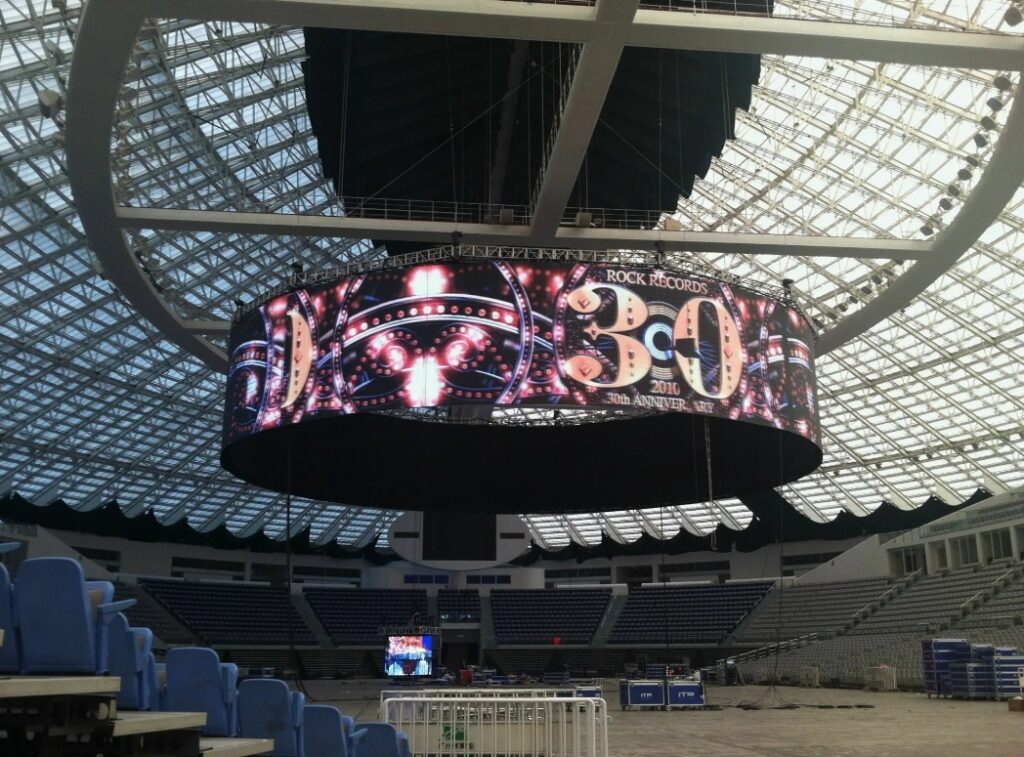
-
Large indoor LED displays (e.g., P2, P1.5):
Price: Approximately $2,000-$5,000 per square meter Installation and commissioning costs: Approximately $1,000-$3,000 Total cost: $3,000-$8,000 per square meter
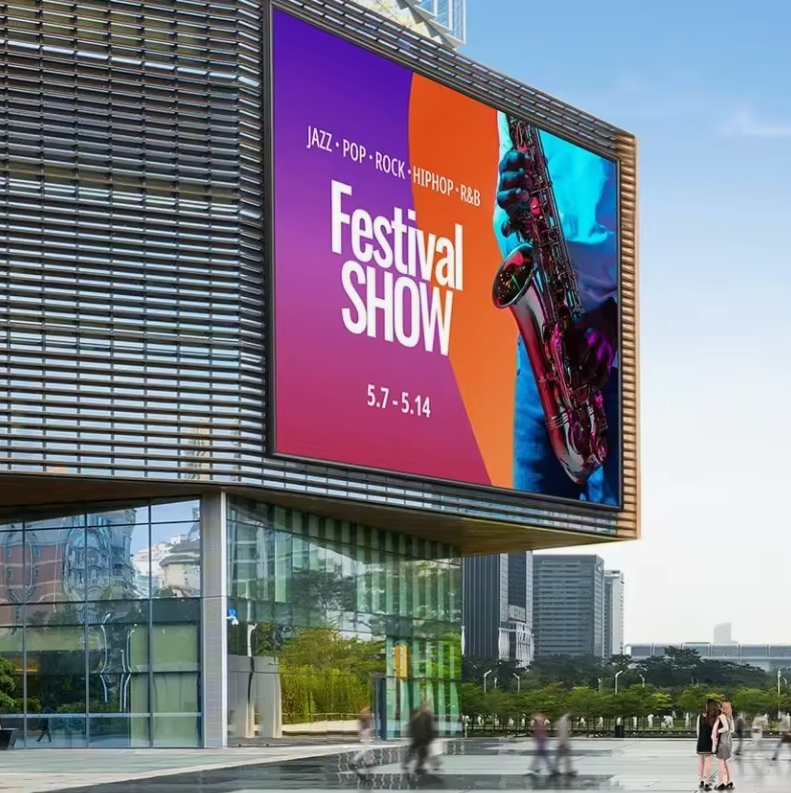
-
Outdoor LED displays (e.g., P8, P10):
Price: Approximately $500-$1,200 per square meter Installation and commissioning costs: Approximately $1,000-$3,000 Total cost: $1,500-$4,200 per square meter
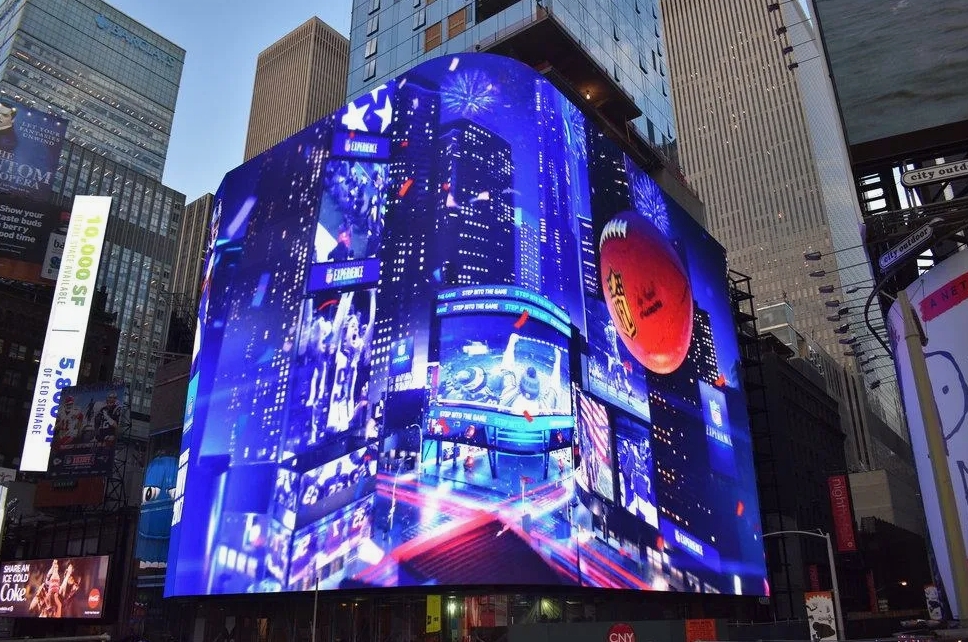
-
High-brightness outdoor LED displays (e.g., P5, P6):
Price: Approximately $1,200-$3,000 per square meter Installation and commissioning costs: Approximately $2,000-$5,000 Total cost: $3,200-$8,000 per square meter
These prices are a rough range, and the actual costs will still vary depending on the actual requirements, screen specifications, brand, and installation environment.
-
Case Study Analysis: LED Screen Replacement Costs
Taking the replacement of an LED screen in a commercial center as an example, the center originally used a large P10 outdoor LED advertising screen. After several years of use, due to outdated technology and high maintenance costs, it needed to be replaced with a P6 high-definition outdoor LED screen. The cost composition during the replacement process is as follows:
- Screen itself: The new P6 outdoor LED screen is about 50 square meters, priced at $1,800 per square meter, with a total cost of $90,000.
- Removal and recycling of the old screen: The cost of dismantling and disposing of the old screen is $5,000.
- Installation and commissioning: A professional team is responsible for installation and commissioning, with a total cost of $15,000.
- Transportation and ancillary equipment: Transportation costs are $2,000, and the cost of ancillary equipment (such as brackets, power systems, etc.) is $8,000.
- Total cost: Approximately $120,000.

In this case, although the price of the screen itself is not cheap, the overall cost is greatly increased due to expenses in dismantling, transportation, installation, and ancillary equipment. This case shows that the replacement of an LED screen is not just the cost of the screen itself; other related costs must also be considered.
-
Conclusion
The cost of replacing an LED screen varies from project to project, but it usually includes hardware costs, installation and dismantling fees, technical support and commissioning costs, transportation and logistics costs, and waste disposal fees. To obtain an accurate replacement cost, it is recommended to consult professional LED screen suppliers and installation service providers. With the continuous advancement of technology, the cost of replacing LED screens is expected to gradually decrease, but for now, users need to consider the above factors comprehensively to budget for replacement costs.
If you have a need to replace an LED screen, it is recommended to communicate with us in advance to obtain a detailed quote and make reasonable choices based on your budget and requirements.
References
“Analysis of LED Display Maintenance and Replacement Costs.” Market Research Report, 2023.


